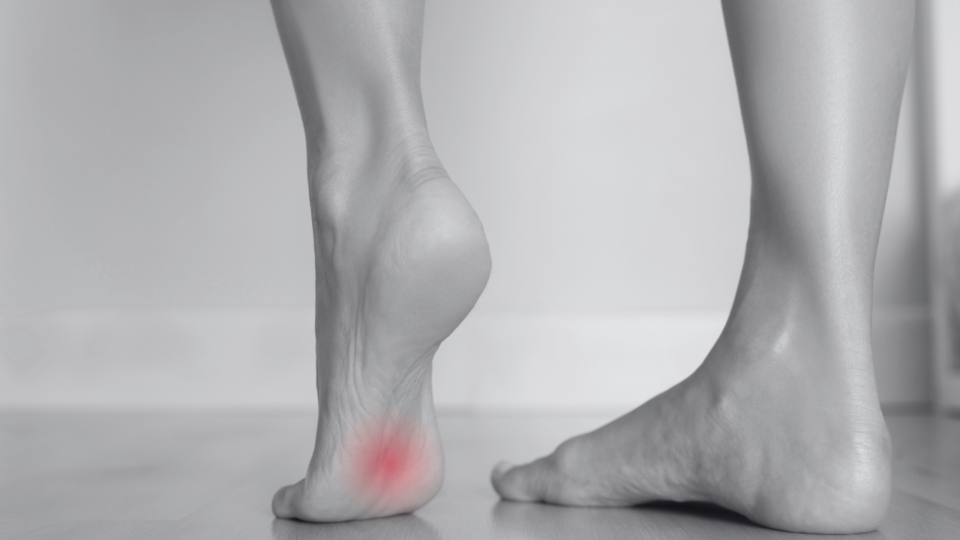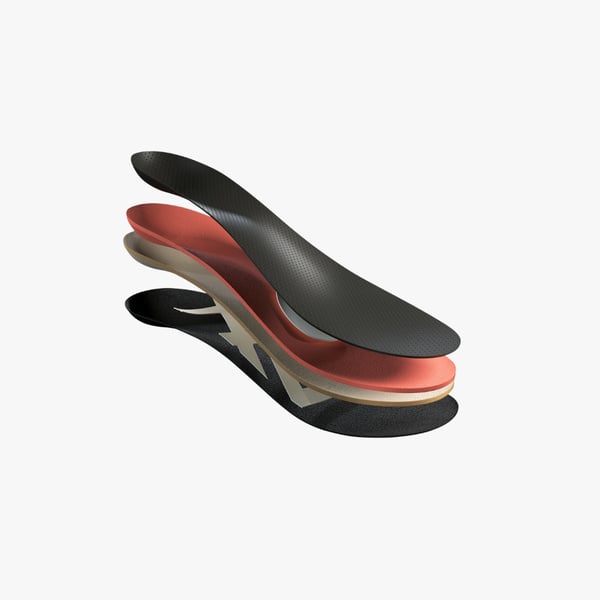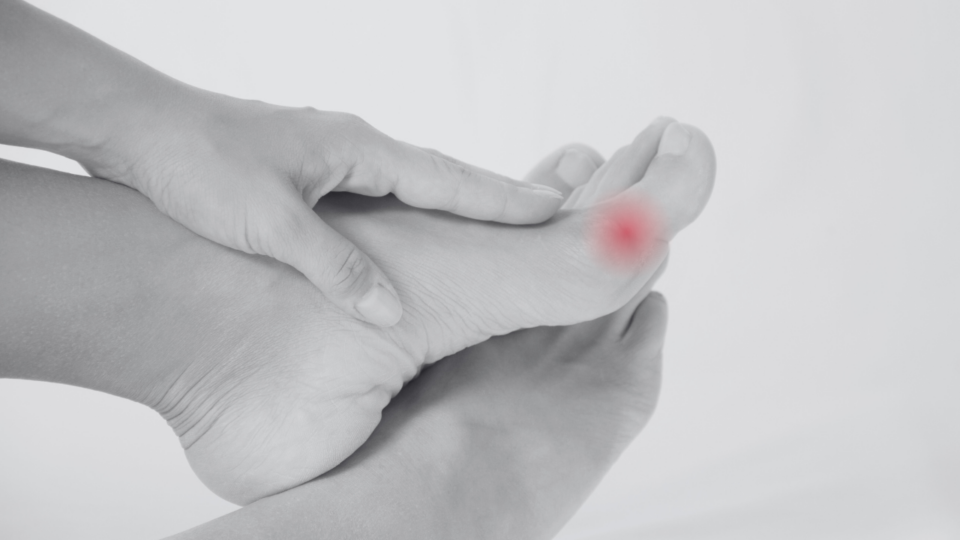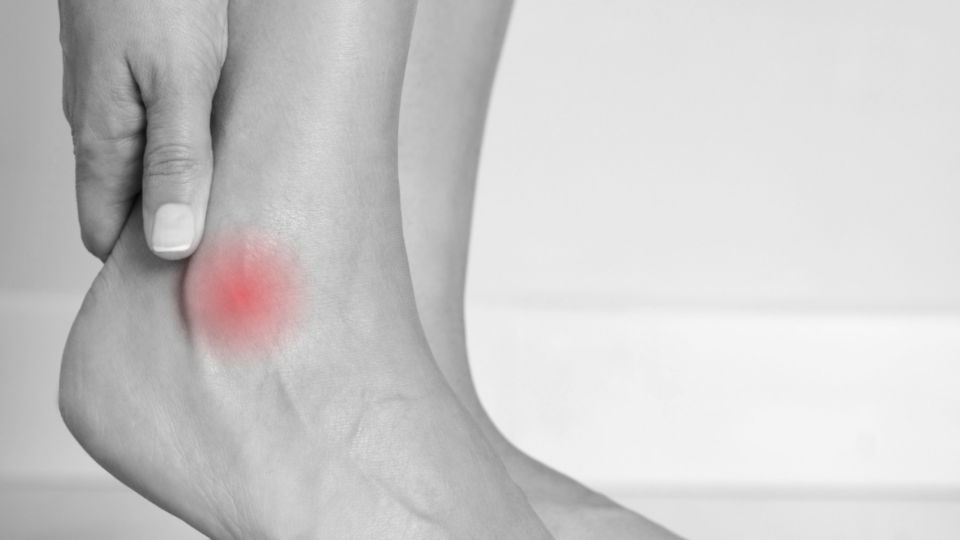Fallen metatarsal arch, metatarsal insufficiency, or metatarsal arch defect are all terms used to describe the injury that can occur due to overloading your feet. The metatarsal arch has a relatively weak structure, making it particularly susceptible to overuse. Therefore, pain and problems in this part of the foot are not uncommon.

What is a fallen metatarsal arch?
A fallen metatarsal arch means that the arch at the front of your foot has collapsed and lost its springiness. Normally, the ball of your foot has a slightly curved arch extending from the big toe to the little toe, but this structure is missing with a fallen arch. This causes your weight to shift from the big and little toes to the three middle toes, which are not designed to bear that load. The increased pressure causes pain and can also lead to calluses and corns. Since each foot has 20 nerves in the front part, the risk of nerve entrapment significantly increases when the arch collapses.
The shoes you wear greatly affect your arches. Wearing shoes that are too tight or have a poor fit increases the risk of pain in the metatarsal arch.
Symptoms of fallen metatarsal arch and underlying causes
With a fallen metatarsal arch, you may experience loss of sensation in the forefoot, tingling, numbness, and a sensation of the foot falling asleep. Some people may feel as though there is a stone in their shoes. Pain is often felt in the ball of the foot and at the joints of the second, third, and fourth toes – the big toe and little toe are rarely affected because they do not endure more than normal stress. Many people find that pain worsens throughout the day after extended use of the foot. The pain can range from mild to severe, making walking and bearing weight on the foot difficult.
Common issues associated with fallen metatarsal arch include:
- Pain and possible nerve entrapment in the front part of the foot.
- Calluses under the ball of the foot.
- Reduced sensation and numbness in the foot, often accompanied by pain.
- A feeling of fatigue in the ball of the foot.
Changes in pressure on the bones of the forefoot and overloading of the foot cause the fallen metatarsal arch. In most cases, it’s due to wearing shoes that are too tight or poorly fitting. Hereditary factors, such as the structure of your metatarsal arch, can also cause it. A fallen metatarsal arch is also an age-related condition primarily affecting older individuals, especially women.
Additional causes of fallen metatarsal arch include:
- Injuries to the foot muscles.
- Lifestyle factors such as prolonged standing and walking on hard surfaces.
- High heels some indications are that wearing high heels can increase the risk because the elevation of the shoe increases the load on the front part of the foot.
- Exercise, such as long-distance running or other extreme sports.
- Being overweight or pregnant increases the load on the feet.





